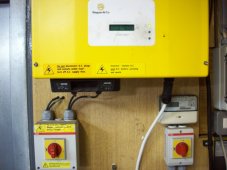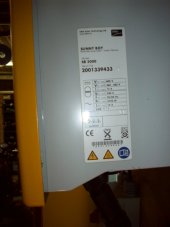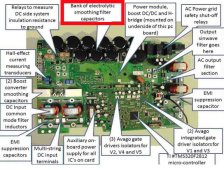pipto73
New Member
My old Sunny boy 3000 is 13 years old and is now occasionally tripping out and in -  loosing me some valuable output . I would like a replacement that doesn't have any bells or whistles on it - my SB has only the 2 wires from the solar panels (3kw) and a plug with the mains supply making it easy for me to replace in minutes if I could find a modern one that is that simple. Perhaps the modern ones with all their extras don't need wiring in - perhaps they would just fire the Kw's down the grid if left not connected.? - if anyone has any suggestions they would be gratefully received. Plus, of course, I don't want to spend a fortune.
loosing me some valuable output . I would like a replacement that doesn't have any bells or whistles on it - my SB has only the 2 wires from the solar panels (3kw) and a plug with the mains supply making it easy for me to replace in minutes if I could find a modern one that is that simple. Perhaps the modern ones with all their extras don't need wiring in - perhaps they would just fire the Kw's down the grid if left not connected.? - if anyone has any suggestions they would be gratefully received. Plus, of course, I don't want to spend a fortune.
 loosing me some valuable output . I would like a replacement that doesn't have any bells or whistles on it - my SB has only the 2 wires from the solar panels (3kw) and a plug with the mains supply making it easy for me to replace in minutes if I could find a modern one that is that simple. Perhaps the modern ones with all their extras don't need wiring in - perhaps they would just fire the Kw's down the grid if left not connected.? - if anyone has any suggestions they would be gratefully received. Plus, of course, I don't want to spend a fortune.
loosing me some valuable output . I would like a replacement that doesn't have any bells or whistles on it - my SB has only the 2 wires from the solar panels (3kw) and a plug with the mains supply making it easy for me to replace in minutes if I could find a modern one that is that simple. Perhaps the modern ones with all their extras don't need wiring in - perhaps they would just fire the Kw's down the grid if left not connected.? - if anyone has any suggestions they would be gratefully received. Plus, of course, I don't want to spend a fortune.





